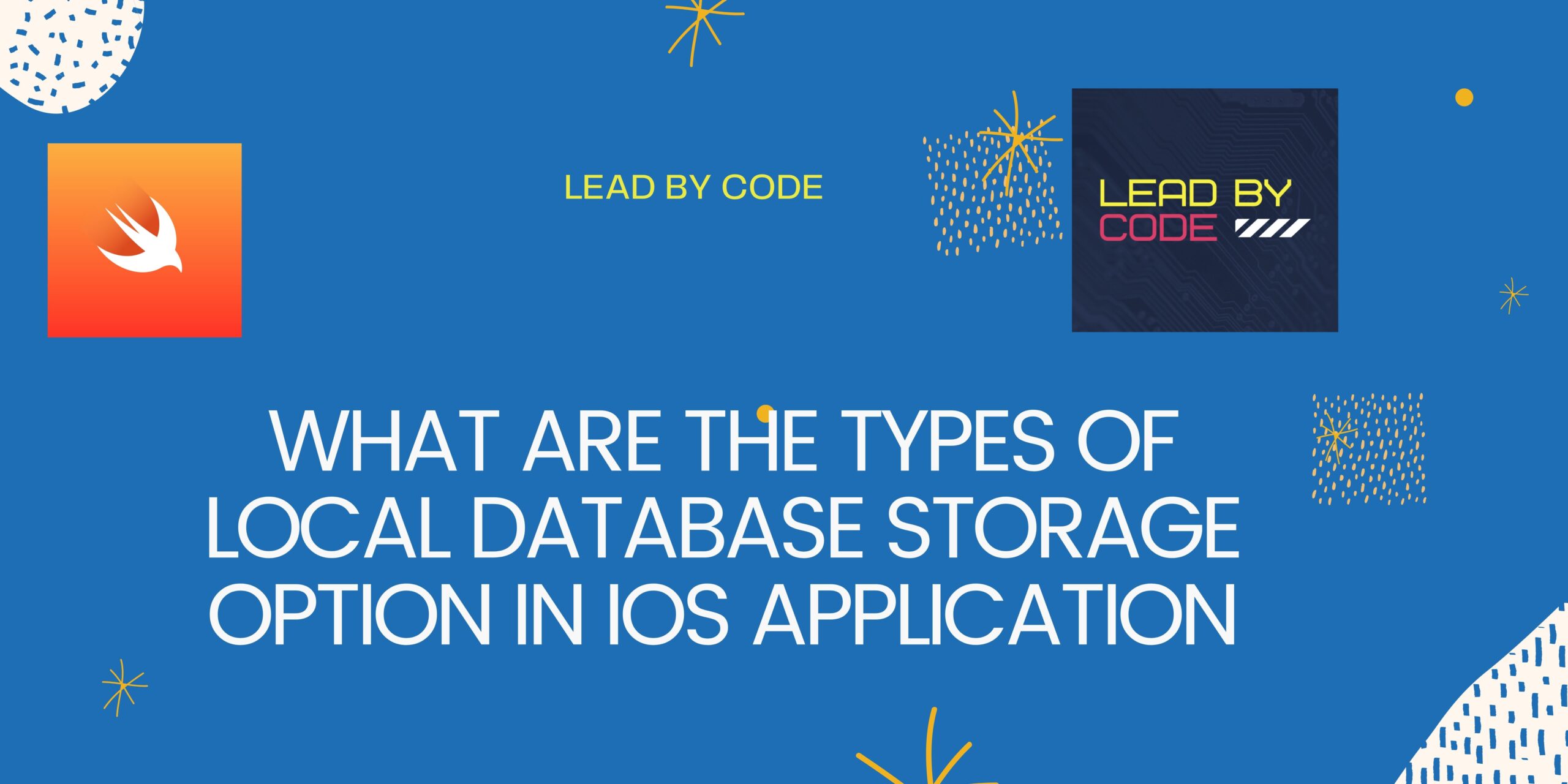What Local DataBase Storage option are there for iOS Application?
Generally there are the following ways to store local DataBase Storage in order from simple to complex
- In- memory arrays, wordbooks, sets, and other data structures
- NSUserDefaults/ Keychain • Train/ Fragment storehouse
- Core Data, Realm
- SQLite
The go-to database result on iOS is Core Data. There’s also an option to use SQLite directly but tools aren’t that advanced for that, so you ’ll have to come up with some customisations of your own.
Another popular database frame is Realm. Each bone of them has their own advantages and disadvantages.
Core Data Local DataBase Storage
Core Data is an object graph and continuity frame that’s the go-to result for original database storehouse on iOS. Advantages of that frame are that it’s extensively used and is supported by Apple. You can use it nearly out of the box in your design, and it does a decent job of persisting data and making querying more or less straightforward.
A disadvantage is that the Core Data API isn’t that easy to use in some scenar-ios and specifically in amulti-threading terrain. Another big disadvantage of Core Data is that there’s a literacy wind to it since it isn’t a straight-forward addition on top of a relational database where each object represents a row in a table (like in ActiveRecord, for illustration), but rather an object graph DB storage.
Realm Local DataBase Storage
Realm is an volition to the Core Data database result. It was erected from the ground up to be easier to use and faster than Core Data or SQL. Advantages of Realm are that it’s presto, has reactive features, is easier to use, is secure, and has entire pall platform for syncing and other more advanced features.
A disadvantage is that it’s still in development-although the Realm platoon made a lot of progress lately-and as of the time of this jotting, it does n’t have all the features on par with Core Data’s NSFetchedResultsController.
There are also issues with the size of realm databases.
Due to their playback point, it has to store way more data to renewal the events that happed as compared to Core Data or SQL, which stores only the rearmost shot without keeping a history of all the changes.
Realm has a lot of implicit to come the most popular result for database storehouse on iOS in the long run, especially with all the backend/ syncing funtionality they’re erecting into it.
SQLite Local DataBase Storage
SQLite is a relational database that powers Core Data under the hood. It can be penetrated directly on iOS and used without Core Data, but it’ll bear enforcing custom tooling for penetrating, reading, and writing to it.
The main advantages of using SQLite directly are that it’s going to be presto, and if you have SQL chops you can work them. The main disadvantage however is that you ’ll have to do all the heavy lifting of setting effects up and penetrating and migrating the database yourself; there are no good tools out there to help with that.
Red Flag These days saying that there’s only Core Data on iOS for databases would raise a red flag because the anticipation is that inventors are constantly looking for better results and are apprehensive of other druthers similar as Realm or SQLite.
